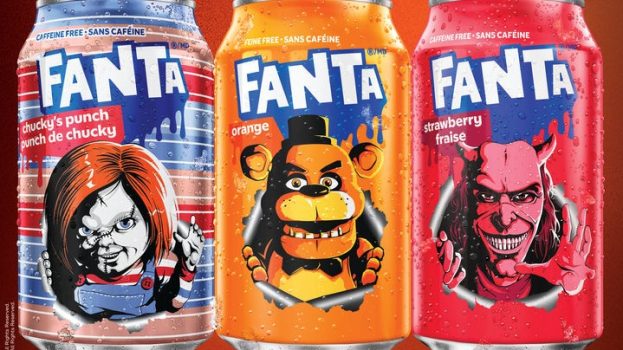 Frozen foods are hot, driven by flavour, while brand loyalty and ingredient considerations remains decidedly lukewarm.
Frozen foods are hot, driven by flavour, while brand loyalty and ingredient considerations remains decidedly lukewarm.
That’s the latest from data insights firm Caddle’s, which surveyed 8,500 consumers nationwide on their attitudes towards frozen foods.
Since the onset of lockdowns, frozen food sales have been exploding, with particularly big gains in frozen vegetables (up 129% from March 2019), frozen fruit (up 117%) and potato products, like fries (up 60%).
More Gen Z (24%) and millennial (21%) consumers reported increasing their consumption of frozen meals, when compared with the rest of the population (16%). Those two demos are also more likely to eat frozen meals at least weekly than the general population: 41% and 32%, receptively, vs 27%.
But one thing that’s similar between consumers of all stripes is that they value flavour most when it comes to the frozen products they buy, followed by price. Health and ingredients are a distant third and fourth – as the Caddle study points out, consumers are less conscientious about the healthfulness of frozen food – with brand bringing up the rear.
There is one, perhaps surprising, group that does place slightly more stock in the brand of the frozen food they buy: Gen Z, for whom it is a more important factor than health or ingredients.
Regionally, nearly half of Canadian consumers prefer savoury frozen snack foods, especially in Saskatchewan, British Columbia, Quebec and New Brunswick, while PEI is the outlier, as they preferring sweet over salty by a small margin.
The top three most purchased frozen foods across regions re vegetables (35.7%), pizza (21.6%) and fruit (16.3%).
In fact, the data reveals that 31.4% of Canadians purchase frozen pizza anywhere from a few times per week to a few times per month. Frozen pizzas are a major time-saver for COVID-stressed Canadians, according to Caddle, and could be the contributing factor behind frozen pizza sales skyrocketing in Canada by 133% when the pandemic hit, and sales of pre-made crusts and DIY dough kits rising more than 20% in the 12 months leading up to March 2021.
The main drivers across frozen categories, according to the survey, are increased convenience, better flavours, lower cost, and health benefits, as some frozen food brands are able to deliver against consumers’ wishes for better-for-you.
According to Caddle, brands will need to figure out how to make their products stand out and that this will be especially important for new entries to the category, which may have innovation on their side but likely lose out on reputation.
Brands, Caddle says, “have a groundbreaking opportunity to position themselves as thought-leaders with retailers,” offering bleeding-edge insights into how the category is evolving and how retail partners can win frozen shoppers from their competitors.
























